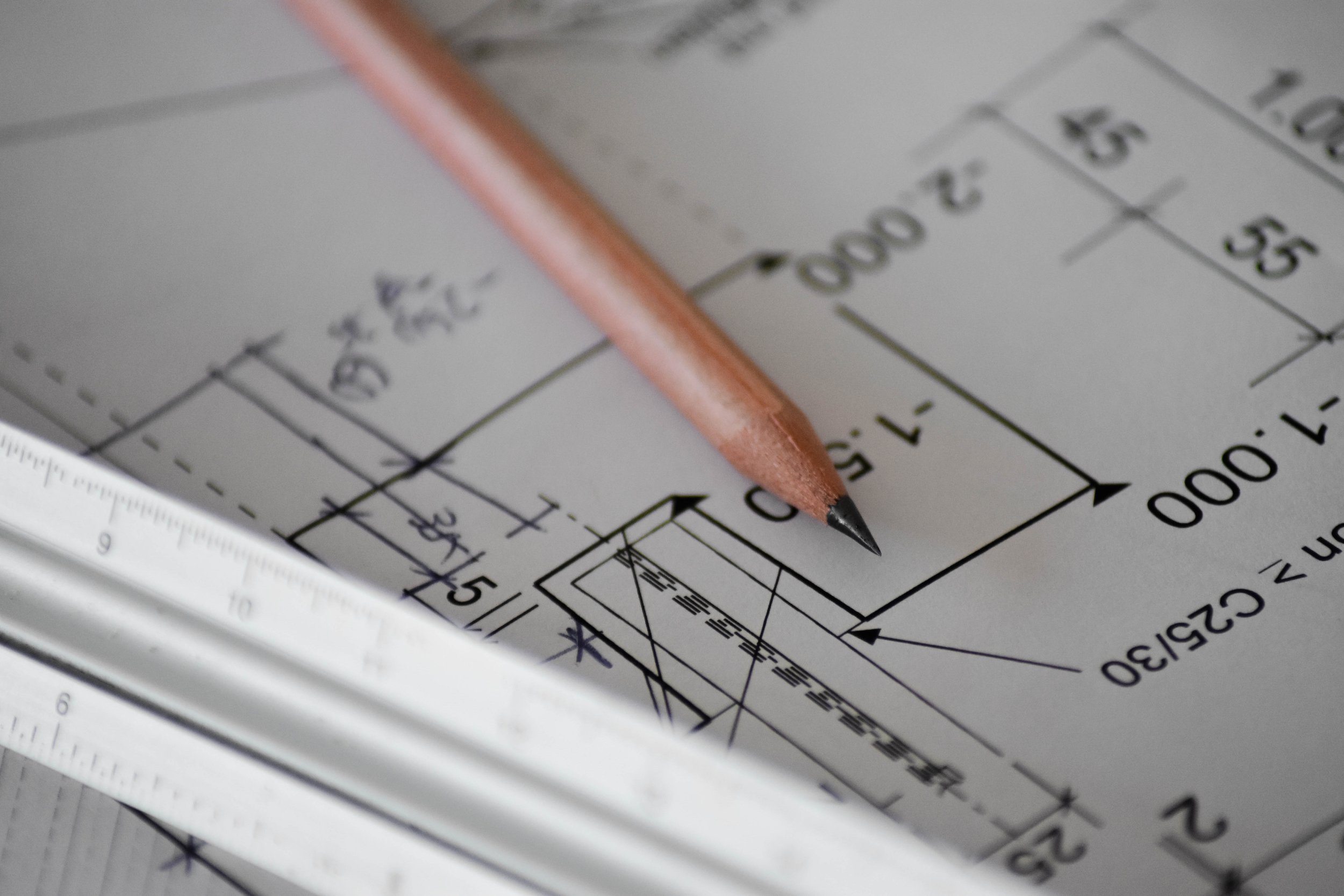Air Quality Dust Management Plan
What is an Air Quality Dust Management Plan?
Air Quality Dust Management Plans (AQDMP) are tailored to each site’s specific level of ‘dust risk’, as determined by a Dust Risk Assessment. A Dust Risk Assessment can either be undertaken within the Air Quality and Dust Management Plan, or as part of an Air Quality Assessment, if produced at the planning stage. Air Quality Dust Management Plans are tailored to mitigate for the level of dust risk (i.e. High, Medium or Low) identified within the previously mentioned Dust Risk Assessment.
An Air Quality Dust Risk Assessment will include:
A risk assessment for each phase of works (demolition, earthworks, construction, trackout), which incorporates the risk evaluation process set out below, and identifies suitable mitigation measures for the relevant level of risk.
Identification of whether each phase of activity on-site represents a low, medium or high risk by following the guidance below.
As a minimum, an Air Quality Dust Management Plan will have to:
Describe the site and local sensitive receptors (both human and ecological).
Outline the potential activities to take place within the four identified stages of development (demolition, earthworks, construction and trackout) and the potential scale of dust emissions for each development stage.
Identify levels of risk due to the scale of dust emissions on human health, nuisance dust soiling (dirt deposited on surrounding structures) and the natural environment, with a quantitative and qualitative explanation.
Recommend appropriate dust control and mitigation measures commensurate to the proposed development’s identified level of risk.
Recommend appropriate procedures for the management and monitoring of air quality and dust emissions from construction activities.
Why produce an Air Quality Dust Management Plan?
Traffic Management Plans will often require the assessment of a proposed development’s dust risk level, mitigation measures and monitoring regime, these factors will be addressed within an Air Quality and Dust Management Plan. Local Planning Authorities can also request the production of an Air Quality and Dust Management Plan through the use of planning conditions.
As an example, The London Borough of Camden’s CMP pro-forma requests the following which will be addressed within an Air Quality Dust Management Plan:
“Please provide specific details on how air pollution and dust nuisance arising from dusty activities on site will be prevented. This should be relevant and proportionate to activities due to take place, with focus on both preventative and reactive mitigation measures.”
“Please provide details describing arrangements for monitoring of dust levels, including instrumentation, locations of monitors and trigger levels where appropriate.”
“Please confirm that an Air Quality Assessment and/or Dust Risk Assessment has been undertaken at planning application stage in line with the GLA policy The Control of Dust and Emissions During Demolition and Construction 2014 (SPG).”
“Please confirm that all of the GLA’s ‘highly recommended’ measures from the SPG document relative to the level of dust impact risk have been addressed by completing the GLA mitigation measures checklist.”
“Please confirm the number of real-time dust monitors to be used on-site.”
We work closely with our air quality consultants to prepare Air Quality Dust Management Plans so please feel free to contact us if you would like to talk about your project and how we may be able to assist you.
Get in touch to discuss your project
To help us best serve your inquiry, please include a basic description of your requirements.





